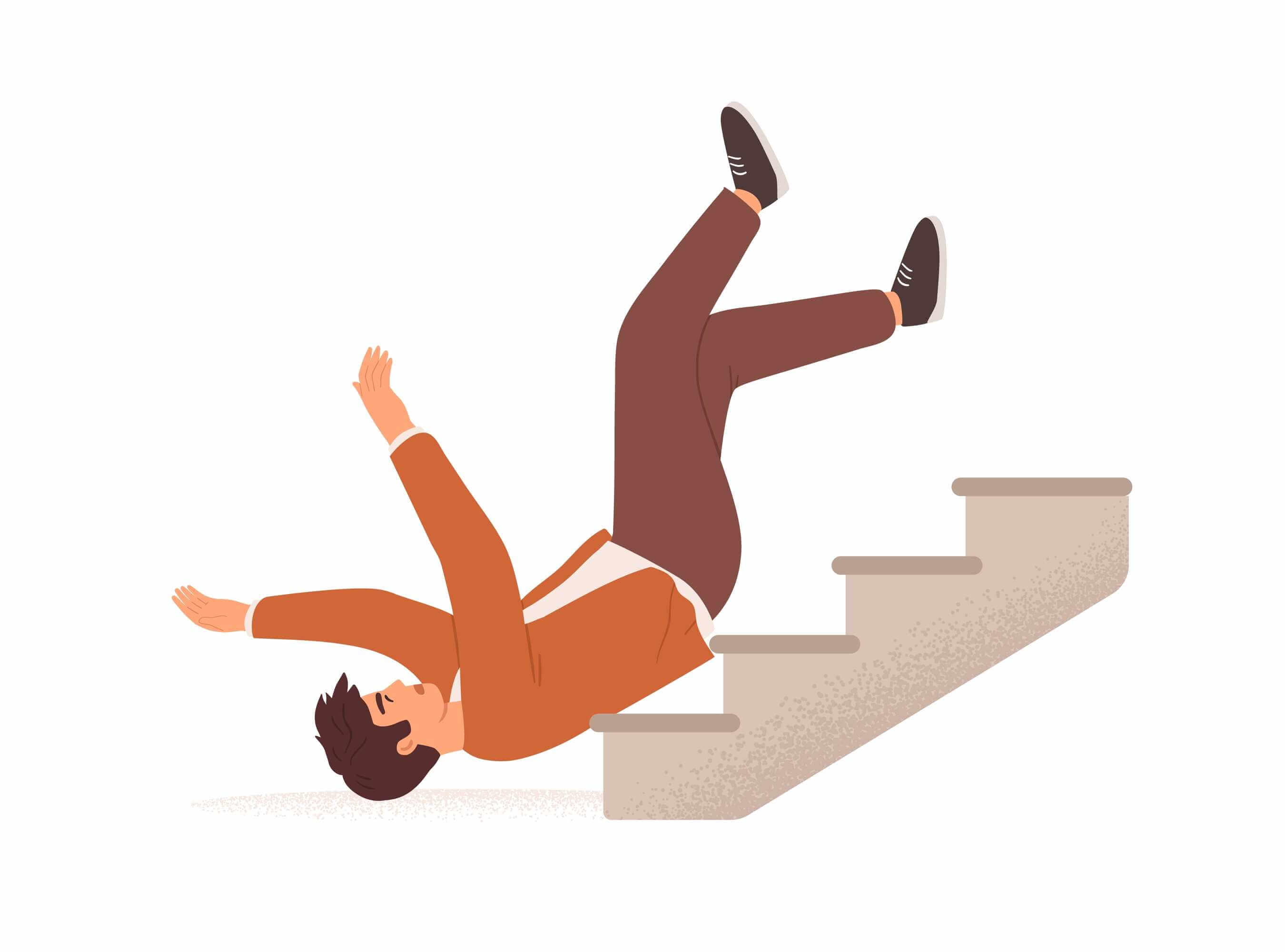Development Of Fall Risk Classification Models For Community-dwelling Older Adults Using Latent Class Analysis And Machine Learning

Gerontology. 2025;71(5):337-350. doi: 10.1159/000544779. Epub 2025 Feb 20.
ABSTRACT
INTRODUCTION: The aim of this study was to identify fall-risk groups among community-dwelling older adults in South Korea and build a classification model to investigate risk-associated factors.
METHODS: This cross-sectional study analyzed data of 9,231 older adults from the 2020 Korea Elderly Survey. We used latent class analysis to identify fall-risk groups based on fall indicators. Thereafter, classification models were developed with these identified groups as outcome variables.
RESULTS: Latent class analysis results indicated that a three-class model was more interpretable and fit the data better than other models. Among the models, the XGBoost algorithm displayed superior performance (accuracy = 0.70, precision = 0.69, recall = 0.70, F1-score = 0.68). Key variables associated with fall-risk groups included self-rated health, cognitive function, recent healthcare use, and assistance needed in instrumental activities of daily living.
CONCLUSION: The study adopted a preventive approach by differentiating among low-, moderate-, and high-fall-risk groups, thus providing valuable insights for healthcare professionals. Identifying these risk factors can support the development of customized fall prevention programs for older adults.
PMID:40552856 | DOI:10.1159/000544779
Popular Products
-
 Foldable Car Trunk Multi-Compartment ...
Foldable Car Trunk Multi-Compartment ...$276.99$192.78 -
 Mommy Diaper Backpack with Stroller O...
Mommy Diaper Backpack with Stroller O...$106.99$73.78 -
 Ai Dash Cam with Front & Rear HD, GPS...
Ai Dash Cam with Front & Rear HD, GPS...$200.78$147.78 -
 Smart Auto-Recharge Robot Vacuum Cleaner
Smart Auto-Recharge Robot Vacuum Cleaner$472.99$306.78 -
 Wireless Health Tracker Smart Ring - R11
Wireless Health Tracker Smart Ring - R11$94.99$65.78